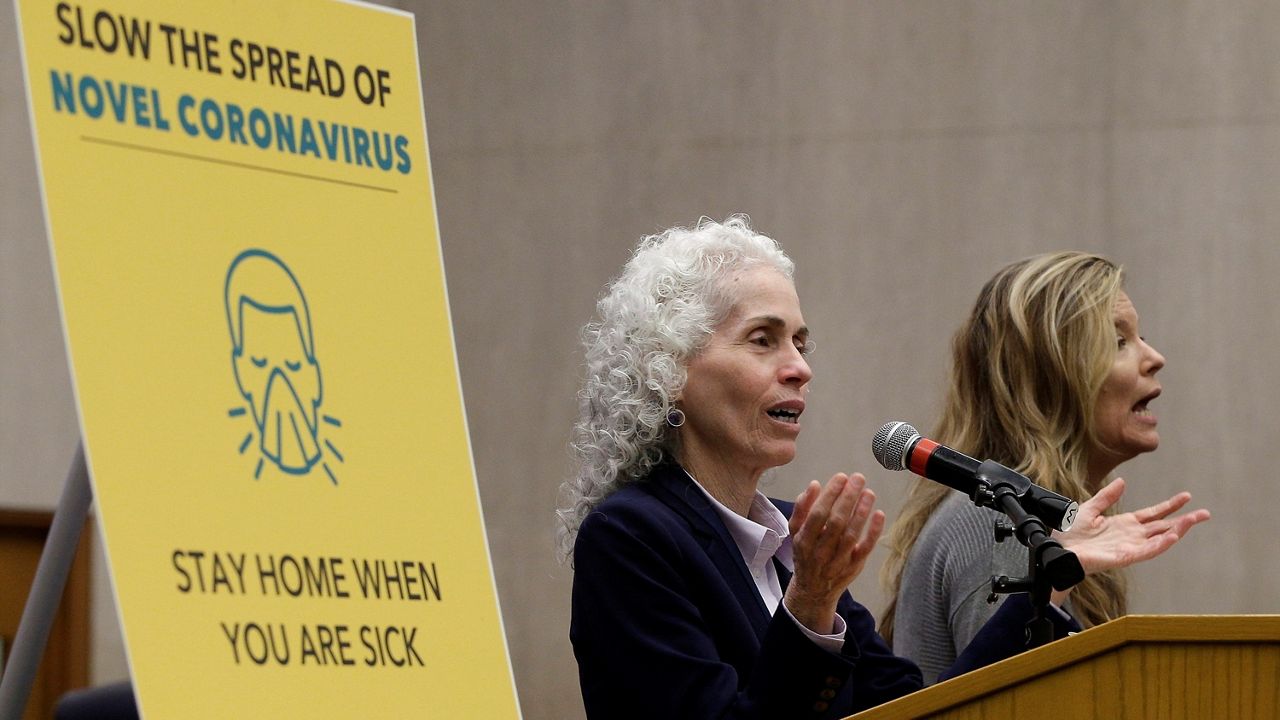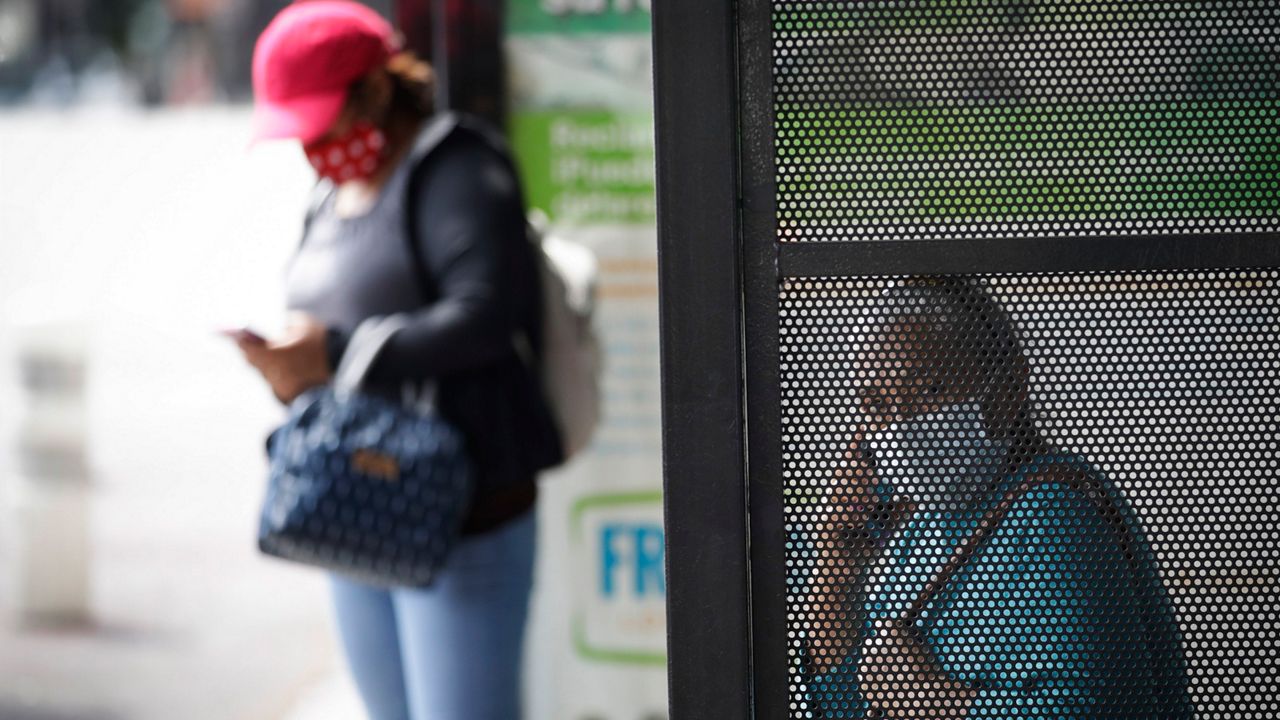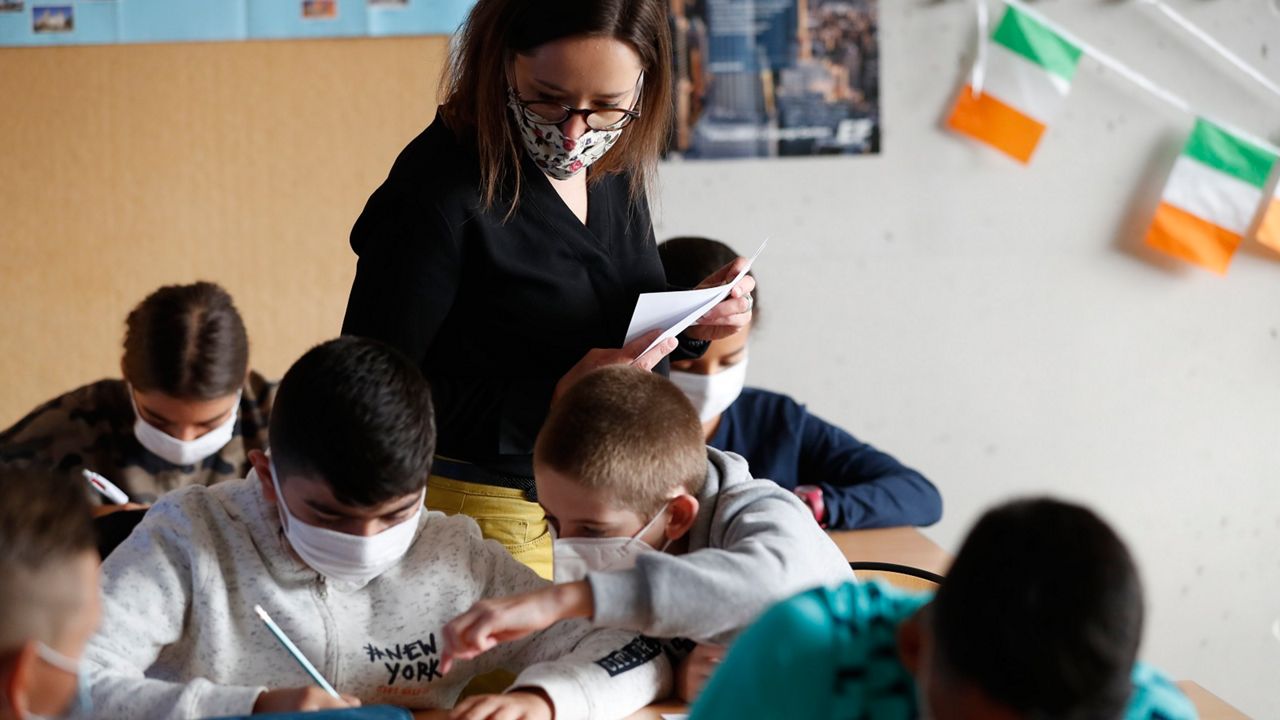There’s been a shift in who’s getting and who’s spreading the novel coronavirus in Los Angeles County. At the beginning of the pandemic, the virus was disproportionately impacting older people and especially those with underlying health conditions. Today, young people are most likely to get infected with COVID-19 and then spread the disease.
"Young people are driving the infection rates among all of us,” L.A. County Public Health Director Dr. Barbara Ferrer said."Young people are driving the infection rates among all of us,” L.A. County Public Health Director Dr. Barbara Ferrer said. “They have the highest rate of infection, just in total number of cases. But if you also look at their case rates, 18- to 29-year-olds are the most likely age group in L.A. County to be getting infected. And here unfortunately, the sad part of that story is when you get infected, you’re often infecting others. So I’d like to say, not only are they getting infected at higher rates than everybody else, they’re also infecting others at higher rates than everybody else.”
According to L.A. County Public Health's COVID-19 Dashboard, 18- to 29-year-olds make up 24.7 percent of cases, and 30- to 49-year-olds comprise 34.5 percent of them.
Young people can be asymptomatic and spread the novel coronavirus without ever feeling sick themselves.
“We have to think really hard about how we’re going to reach younger people about their need to also take protections on behalf of the rest of us,” Dr. Ferrer said.
Annenberg Media, the University of Southern California's student-run newsroom, reported that there's been an "alarming" surge in COVID-19 cases among students who are living near campus. More than 100 students are in a 14-day quarantine, according to Annenberg Media.
As students return to college and university campuses across the state to take online classes, they're likely hanging out with their friends after months apart. Dr. Ferrer acknowledges that people attending dinners, parties, or different types of gatherings are unintended consequences of closing down L.A. County in March.
“I also understand that we’re all driven by the need to be social and to, at this point, not just be around members in our own household because we’ve been doing this for six months now and we crave the ability to do activities with some other people. I’m just going to say, unfortunately this is not the time,” Dr. Ferrer said.
Dr. Ferrer still considers attending events with people who don’t live with you to be non-essential.
Economic recovery and public health are linked to each other, Dr. Ferrer said.
“You actually can’t have economic recovery without attending to the public’s health,” she said. “We’re going to prioritize the fact that for all of us, the main task in front of us is to reduce the high rate of community transmission. That’s the way we get our youngest students back to school. That has to be the highest priority right now.”
Elementary-age children in L.A. County are still learning remotely.
“They have the hardest time with distanced learning, and it makes it also very hard for essential workers and for people who need to go to work every day to go to work every day if their children aren’t actually going to be able to be in a safe environment learning at their schools,” Dr. Ferrer said. “We need to get our community transmission rate down so that we have 200 cases per 100,000 and then we get to open our schools for elementary school age children.”
Once there are 100 cases per 100,000 people, L.A. County will be off the state’s monitoring list. At that point, middle schools, high schools, colleges, and universities might be able to reopen for in-person instruction too.
“But to reopen when you’re seeing some of the most community transmission we’ve ever seen really would result in more outbreaks, and that just makes it harder and harder for us to meet the state milestones and actually do what’s most essential right now, which is allow people to get their children back to school and for adults to be able to get back to work,” Dr. Ferrer said.
Some workplaces and summer camps reopened this summer.
‘We need people to be able to go to work, and if you go to work, you’re going to have more exposures and expose more people because you’re going to be in a work environment, and we did need to allow young children who need supervision to either be at a daycare setting or to be at a camp this summer,” Dr. Ferrer said. “And I want to note that in both of those situations—the work situations and the childcare situations—you have expanded your child and your own exposures to lots of other people. So then compound that with additional exposures that are going to happen from social events… to me is not really the path that we need to be on right now.”
Flu season is also upon us as we move into the fall months.
“The real fear of influenza and COVID-19 in the same season is that you would have your usual number of cases of people requiring hospitalizations who are sick with the flu, and now we’ve added to that the thousands of people that may require hospitalizations because they’re ill with COVID-19. It would be best if we could make sure we’re doing everything we can, both to lower exposures to COVID-19, but also make sure we’re not getting infected with the flu because we are taking advantage of that vaccine,” Dr. Ferrer said.
On a hopeful note, Dr. Ferrer said the Southern Hemisphere has had a “relatively mild” flu season during its winter months.
“It’s not over yet, and one of the reasons why they probably are seeing a relatively mild season for flu is that the flu, like COVID-19, is transmitted from person to person. And all of the protections you take to protect other people from your respiratory droplets and from the COVID-19 virus, including that you wash your hands frequently, that you’re covering your nose and your mouth whenever you’re out, that you’re staying home when you’re sick, will also help us prevent further transmission of the flu,” Dr. Ferrer said.
“So our hope will be that many more people will take advantage of flu vaccines, influenza vaccines, starting in September. And that as we continue to take steps to prevent the spread of COVID-19, we’ll also limit the spread of influenza across our community.”
Let Inside the Issues know your thoughts and watch Monday through Friday at 8 and 11 p.m. on Spectrum News 1.
Follow Charlotte Scott on Twitter.










